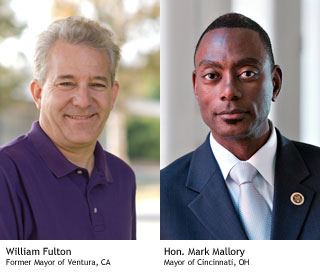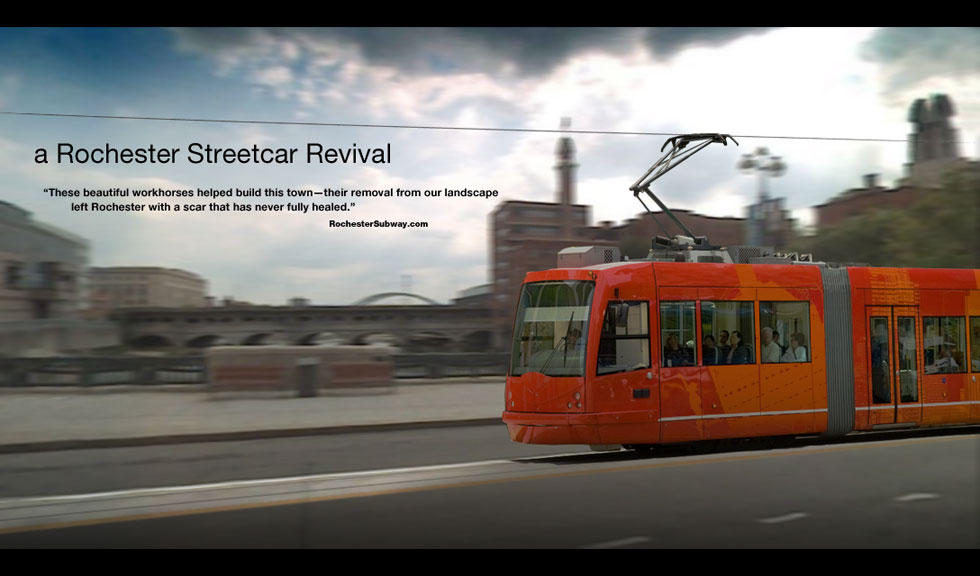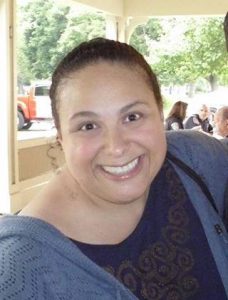 Candidate Email: pam4cc@mail.com
Candidate Email: pam4cc@mail.com
Website: www.facebook.com/pg/PamforCityCouncil
What is your vision for Rochester’s transportation network? How do you plan to achieve that vision?
I would like our network to actually WORK for the residents of the City of Rochester! Currently, the bus system is very time-consuming, and not convenient for riders. More folks would use public transportation if it made logistical sense.
I would like to collaborate with the RTS bus company and a large and varied sample of its regular riders. I would arrange informative brain-storming sessions to help iron out the trouble spots in the current system. Once such sessions have been held, I would like to work on the trouble spots, and find solutions to those challenges. The people who ride the bus each day know where the problems are, and will most likely be able to offer astute suggestions.
What are Rochester’s greatest challenges in regards to transportation?
I believe the greatest challenges to Rochester’s transportation stem from the sprawl that was allowed to occur decades ago. The majority of jobs are now located in our county’s suburbs, rather than in the heart of our county, also known as Rochester’s Center City. Because of the very large area that needs to be covered in Monroe County, our public transportation needs are not being met by the current system. The spoke and wheel design is not efficient for the average traveler’s daily needs.
What role do you see City government playing in building a more robust and equitable transportation network?
I see our City government supporting various transportation methods, to build a system that works for the people of the City of Rochester. From carpooling, to rerouting and rescheduling the RTS buses, I believe that the public transportation *could* be a million times better than it is right now. I also know that this will not happen unless the people who actually ride the buses are an integral part of the planning process.
What steps can the City take to improve accessibility to jobs for residents who do not own cars? What steps can the City take to encourage residents who own cars to increase their use of alternative modes of transportation?
I would like the City to take a good look at the many great suggestions that we came up with on the Rochester 4.0 Planning Committees. There were many meetings held across the city, and ours in the NW District touched on public transportation as an area that needed improvement. We also noted the under-use of our city’s waterways. We made the suggestion to create a water taxi service (weather permitting, of course), as well as installing a light-rail system that could make access to and from Charlotte faster (for example), and be able to connect to a bus route, or another trolley line(s), that would serve more areas across our county. These, in partnership with carpool lanes on larger roadways, and offering free parking to carpool vehicles in the city might help reduce our city’s carbon footprint. Carpooling would be a great way to help get city residents to suburban job locations. As a council member, I will also do my best to try to get as many businesses to relocate to our inner city, as this would bring the jobs back to the people who need them the most. I especially want to see Rochester be a leader in the clean energy and renewable resource field, so I want to see manufacturing of solar panels and wind turbines (and their components) to be made in the city by city residents, and placed on city homes to help city homeowners with energy costs. Then, to help finance the whole program/initiative, the city can sell the extra energy generated to other municipalities, and can sell the panels and turbines, as we could be a world leader in this global economy.
I believe that the current bus system is inefficient, and this is a key reason most people do not leave their cars at home. It should not take two hours to go somewhere that is 20 minutes away. We need a better route for buses to travel, as well as increasing the frequency of the bus runs. When I visit NYC, the bus stop showed a schedule and route, and basically the time was listed as, “The bus will be here shortly.”, and it was! I don’t think we waited five minutes. Now, I completely understand that Rochester does not have the same dense population that NYC has, but our residents deserve to have that type of quality service. If you miss a bus after work in the evening, you are going to wait about an hour for the next bus. That is just not feasible for families and students, or for anyone. We need to get where we are going, and not be waiting for a ride everywhere. That is the main reason people drive their cars, rather than take the bus. There should also be ADA compliant public restrooms available across the city, and more bus stops along the routes rather than removing stop locations. There should also be simple shelters and benches available at bus stops. These could be paid for via sponsorships and advertising opportunities. The top 20 people who run the bus company, based upon salary rate, should use their own service. If they aren’t doing so, the question to ask is “Why not?” as the residents of the City of Rochester and the rest of Monroe County deserve to be treated with the same level of respect that they would expect to receive.
Broadly, what is your vision for improving the parking situation downtown?
I would like the downtown parking to be free, as the fee to park is prohibitive and unwelcoming to customers of our local businesses. Also, as a part-time worker when I was in college, paying to park a vehicle downtown was a larger percentage of my paycheck than I really could afford to pay. This doesn’t help hard-working people get out of poverty. I would like to see underground parking garages utilized, so that we can conserve our valuable green spaces, while using all space efficiently. I think that garages are better than parking lots, as a lot is taking up an area of space that could be used for social interactions with people, and with small businesses to support our local economy. A garage can be built onto a building, and could also have an ecological component, where solar panels and wind turbines could be mounted onto them, as well as green plants/trees could be grown on the side, to help improve the air quality around the building.
How do you think the City should prioritize traffic enforcement relative to other issues?
Unfortunately, from my perspective and experience, I believe the City should prioritize traffic enforcement lower on the scale of urgency. The other issues facing the City of Rochester are on a life and death scale, the highest being the insidious drug use epidemic, and the violence that destroys our neighbors’ quality of life. I certainly encourage everyone to follow the current traffic laws, and to be mindful and courteous to others using our roadways. If these road rules were followed, our streets would be safer for all travelers, and our police could be deployed to more serious and timely matters, like getting guns and drugs off our streets and making better community connections between officers and city residents.
Do you support studying the feasibility of modern streetcars, downtown circulators, and various rapid transit options for Rochester? Why or why not?
Yes.
I absolutely support studying these options! If public transportation was faster and convenient, most people would use it willingly, rather than out of necessity. These options could also bring more jobs to our city residents, which would lift more people out of poverty. The environmental benefits of using public transportation more often would also help our overall ecological health.
Do you support a “Vision Zero” style approach to road safety, which includes a 25 mph speed limit on residential streets in the City and other traffic calming practices and policies? Why or why not?
No.
I do not currently support a “Vision Zero” style approach to road safety, as 25 mph speed limits do not seem reasonable. I believe the current 30 mph limit suits our community. However, as a councilmember, I would ask my constituents what they want, and would support their desire. If a majority of our city residents wanted this “Vision Zero” style, then I would help create legislation to make it become a reality. My own personal opinion would not override the needs of the people I am elected to serve. Other traffic calming practices and policies would be investigated, and again, brought to the people to make the decision, as they would be directly affected by these changes. In some cases, narrowing of roads, or using round-abouts would make perfect sense, and be a benefit to specific areas; in others, not so much. Overall, I encourage educating the public on the current traffic laws and rules, and would expect people to take personal responsibility for their actions. When I rode my bike, I rode with traffic, near the curb, wearing a helmet and reflective clothing with lights on my wheels. I did not pull out into traffic from between two vehicles, or ride on the wrong side of the road. When committing these acts, people are putting their personal safety in jeopardy, as well as creating a hazard for others who are also using the road. Common sense and education is the key to saving lives.
Do you support the continued expansion of a bicycle lane network throughout the City? Why or why not?
No.
I feel that there are many streets that are simply too narrow to add a bike lane, and keep the vehicle traffic moving safely. I have seen bike lanes that disappear, and bicyclists be put in danger as cars narrowly miss them. On larger, main thoroughfares, yes, bike lanes make sense, and are a wise investment, such as on Lake Avenue, where the bike lane is up next to the sidewalk, and well out of the way of motorized traffic.
Do you support road diets or significant changes to road configurations to improve safety on any major roadways in the City? Why or why not? If yes, which ones?
Yes.
I do support road changes that are making travel safer for people in our City, but not across the board. I believe we need to act purposefully, and take care not to change something drastically that only needs a minor alteration.
I think the people of Rochester would be the perfect resource and sounding board for this question. From my experience, there are locations where crossing Monroe Avenue, Genesee Street, Lyell Avenue, and East and West Ridge Roads is harrowing, and these should be re-evaluated. In some cases, traffic lights might be the best solution, in others, stop signs. In others still, speed bumps or dips might be the best solution. Some other locations might benefit from a pedestrian island, or from a better timed crossing light. Each location has specific challenges, and a carefully thought out plan will make our city more inviting for all.
What steps do you think we can take to encourage employees (especially City employees) to commute using transportation options other than single occupant automobiles (walk/bike/bus/carpool/etc.)?
I will lead by example, as I intend to carpool to City Hall with Andrew Hollister (Republican candidate), as he is a neighbor who is also running for a seat on our City Council! For other downtown employees, I would think that offering free parking for carpool vehicles would make a huge difference to many employees in our downtown area. Again, I would like the RTS buses to have more effective and efficient routes, and to run with greater frequency. I would also like shuttle services enlisted, as that might entice more people to use the main forms of transportation, while getting around quickly between established bus locations/different routes. I would also offer enclosed bike parking, and not charge for these spaces. The bike locker I used when I worked downtown was secure, but it should not have cost the rate that it did, as the maintenance of a locker for a bicycle is not commensurate with the amount being charged. There also weren’t enough of them, at the time, and that didn’t encourage people to use that method of transportation as an option.
Are there any other comments or thoughts you’d like to share?
As a council member, I will always keep the focus on what is in the best interests of the residents of the City of Rochester. I will encourage the study of different options and new ideas, and not dismiss out of hand any serious proposals to improve citizens’ quality of life.
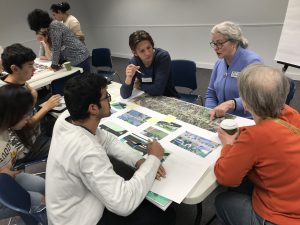
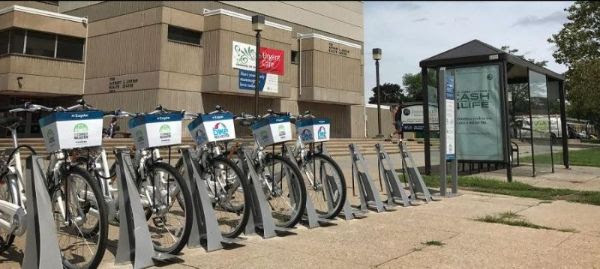

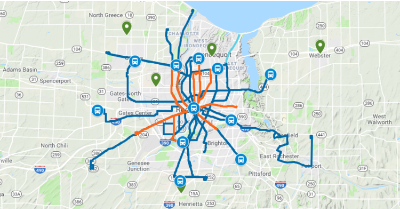
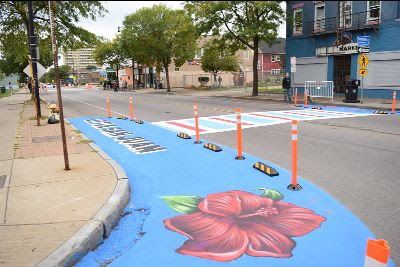
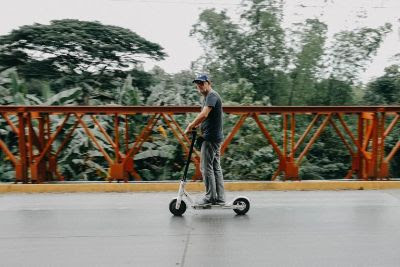
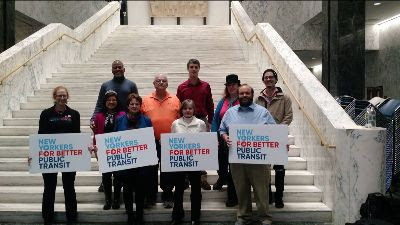
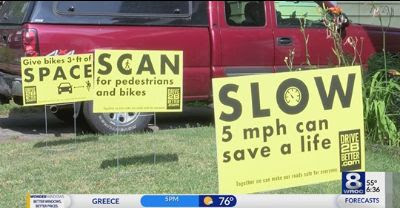


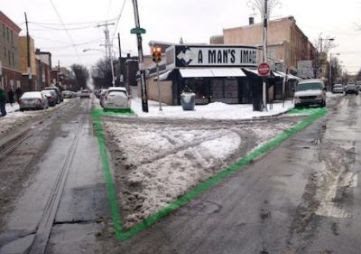



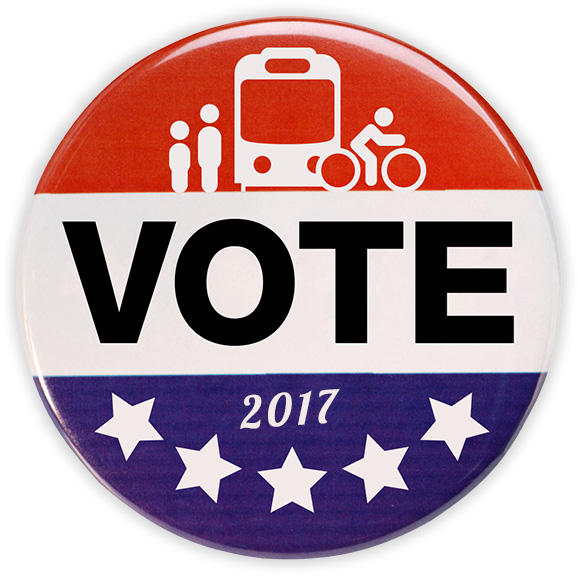

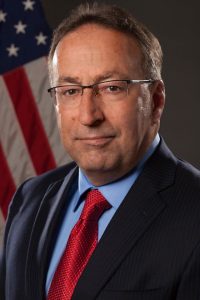
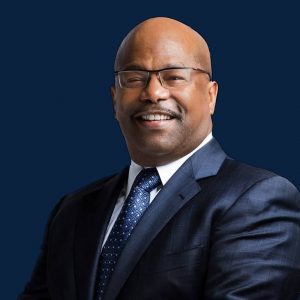

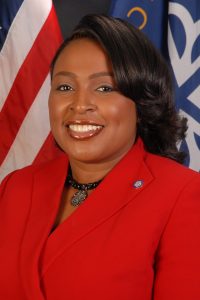



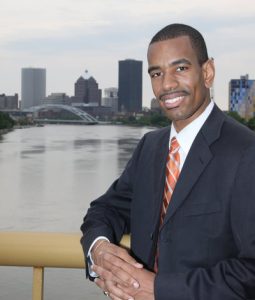



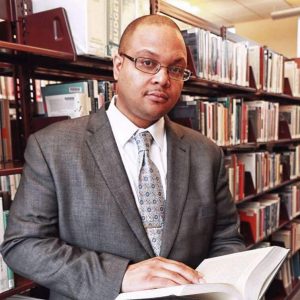



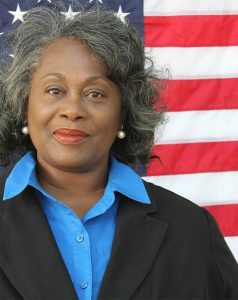
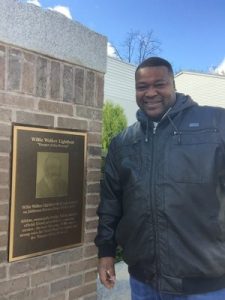

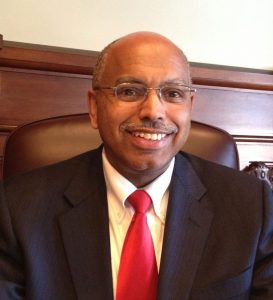

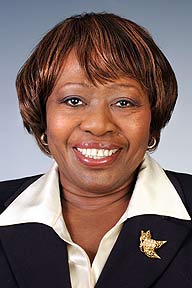

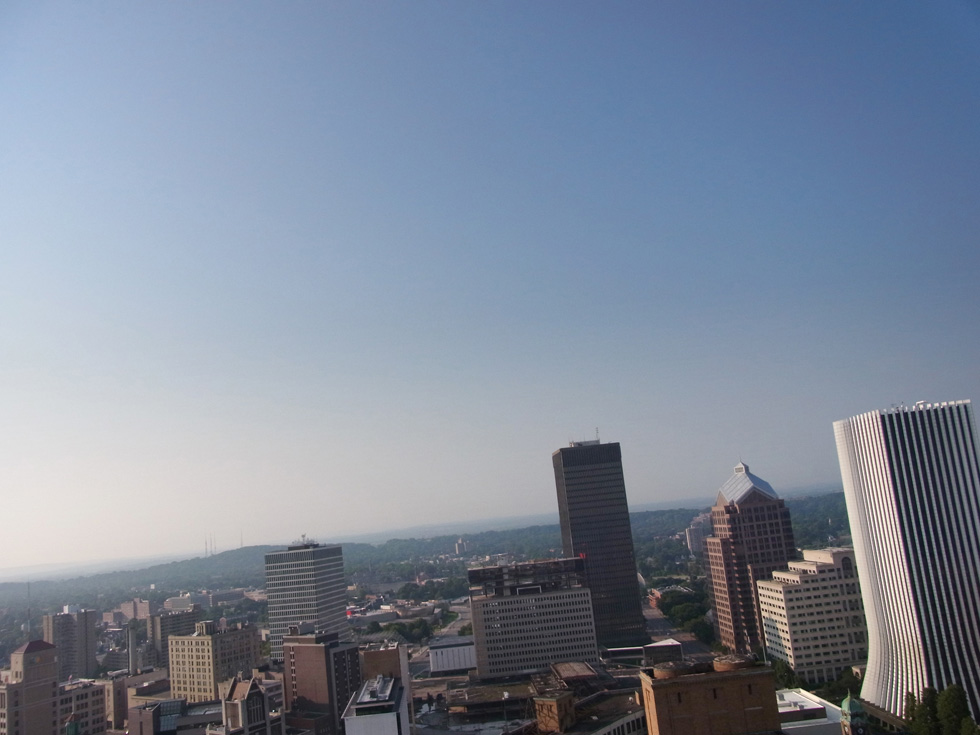
![[PHOTO: Jimmy Combs]](http://www.reconnectrochester.org/images/photos/rochester-midtown-aerial-01.jpg)
